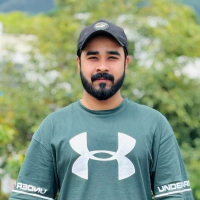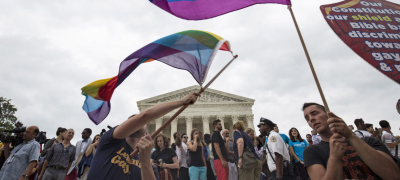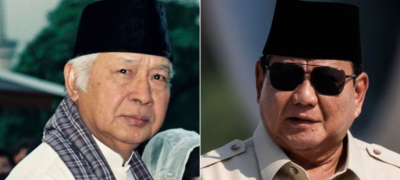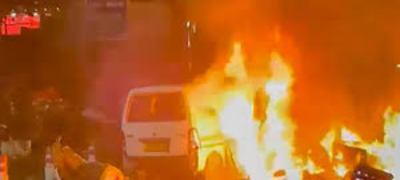A tense meeting unfolded on Wednesday between US President Donald Trump and South African President Cyril Ramaphosa, when Trump confronted Ramaphosa with discredited accusations of white genocide and farm seizures in South Africa.
During the carefully arranged Oval Office meeting, Trump showed a video and handed over several news clippings intended to illustrate violence against white farmers in South Africa. The video, displayed on a temporarily installed TV in the Oval Office, featured white crosses and clips of opposition leaders making inflammatory statements. Trump claimed this footage as evidence of an orchestrated campaign of violence targeting the white minority.
Read more: ‘Golden Dome’: Trump Unveils Ambitious Plan for Advanced Missile Defense System
However, the white crosses in the video, which originated from a 2020 protest, did not represent actual graves. Organizers at the time clarified that these crosses symbolized farmers killed over many decades, rather than recent victims.
Despite Trump’s aggressive approach, President Ramaphosa remained calm and responded diplomatically. “These are concerns we are willing to talk to you about,” Ramaphosa said, acknowledging the presence of crime in South Africa but emphasizing that the majority of victims are Black.
This meeting took place as South Africa aimed to mend strained relations with the US after Trump’s previous actions, including aid cancellations, expelling South Africa’s ambassador, and criticizing Pretoria’s genocide case against Israel at the International Court of Justice.
Ramaphosa had hoped to steer the talks toward trade matters and brought along prominent white South African golfers as a goodwill gesture. The US is South Africa’s second-largest trading partner, and the country faces a potential 30 percent tariff due to suspended US import taxes.
Yet Trump, echoing a far-right conspiracy theory popularized by his South African-born ally Elon Musk—who was also present—accused South Africa of persecuting white farmers. “People are fleeing South Africa for their own safety. Their land is being confiscated, and in many cases, they’re being killed,” Trump asserted, repeatedly emphasizing the word “death” as he showed news clippings.
South African officials strongly rejected these claims. While the country struggles with high violent crime rates—26,232 murders were recorded in 2024—only 44 murders involved farming communities, and just eight victims were farmers. The vast majority of homicide victims in South Africa are Black.
The government recently enacted a land reform law allowing expropriation without compensation for public interest purposes, such as unused land, but no such land seizures have taken place, and all cases are subject to judicial oversight.
Ramaphosa referred to Nelson Mandela’s legacy of reconciliation but failed to change Trump’s views. “Apartheid, terrible,” Trump admitted. “This is sort of the opposite of apartheid,” he added.
The meeting was compared to Trump’s similarly confrontational encounter with Ukrainian President Volodymyr Zelenskiy three months prior. Unlike Zelenskiy, who left early amid verbal disputes, Ramaphosa stayed composed and even complimented the Oval Office’s golden decor. He mentioned his upcoming G20 presidency, but Trump did not confirm if he would attend the G20 summit scheduled for November in South Africa.
South African businessman Johann Rupert, also present at the meeting, supported Ramaphosa’s remarks, pointing out that crime affects all communities, including many Black South Africans.
After the meeting, Ramaphosa downplayed the confrontation and highlighted common ground. He announced agreements on cooperation regarding critical minerals, while his trade minister proposed importing liquefied natural gas from the US.
However, Ramaphosa was firm in denying the main accusation raised during the meeting. “There is just no genocide in South Africa,” he told reporters, rejecting the narrative pushed by Trump and his supporters.









